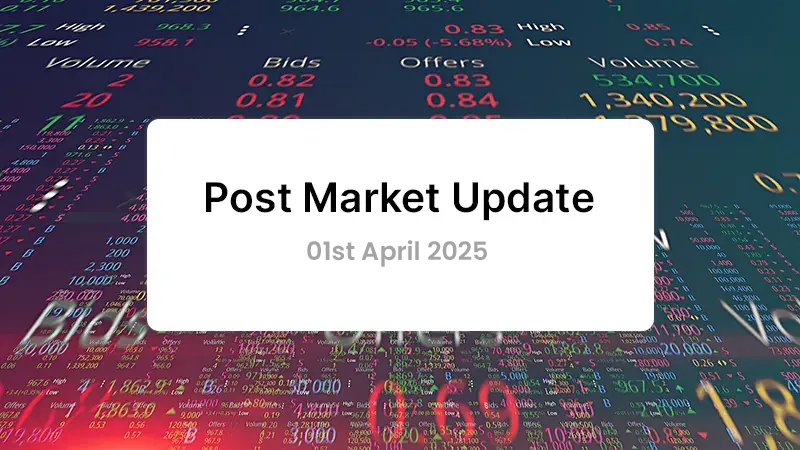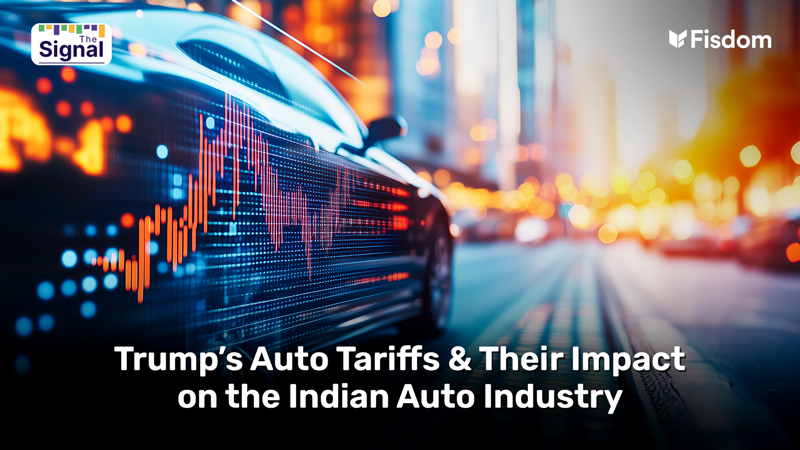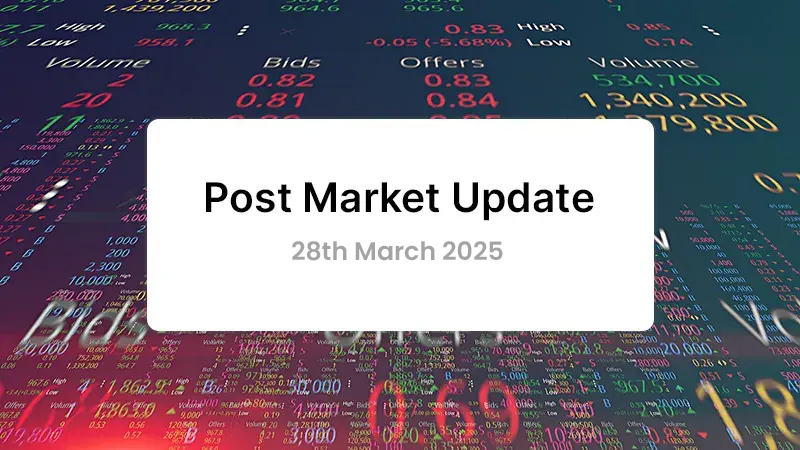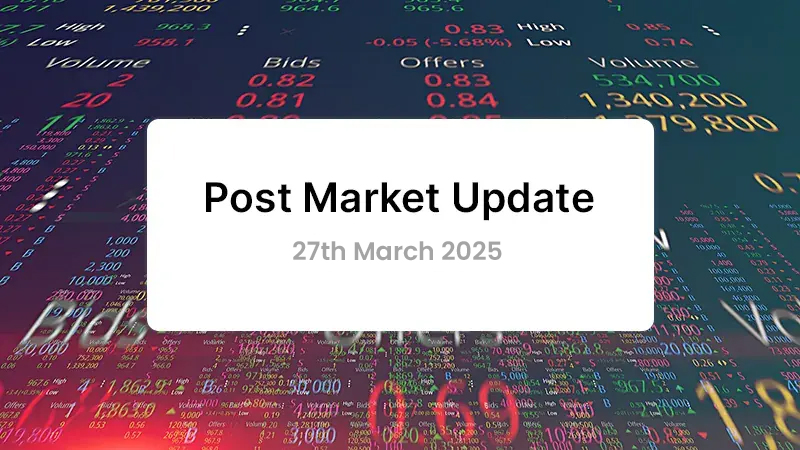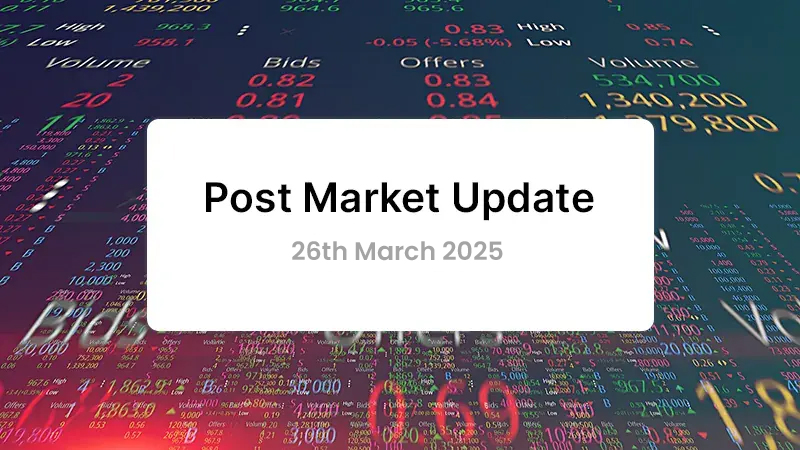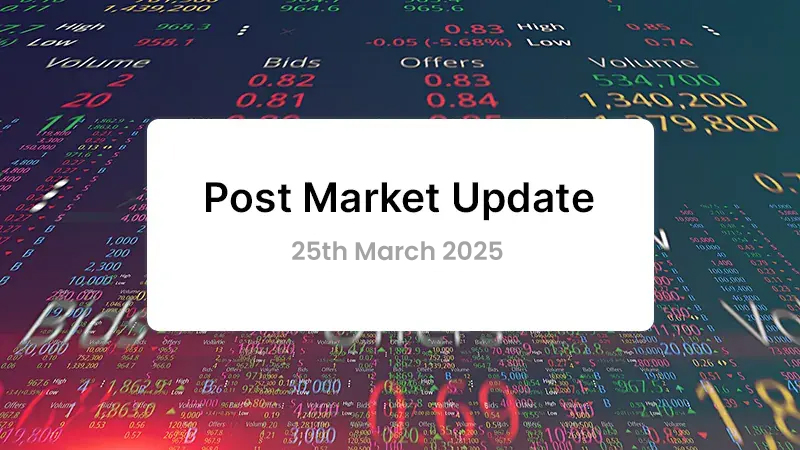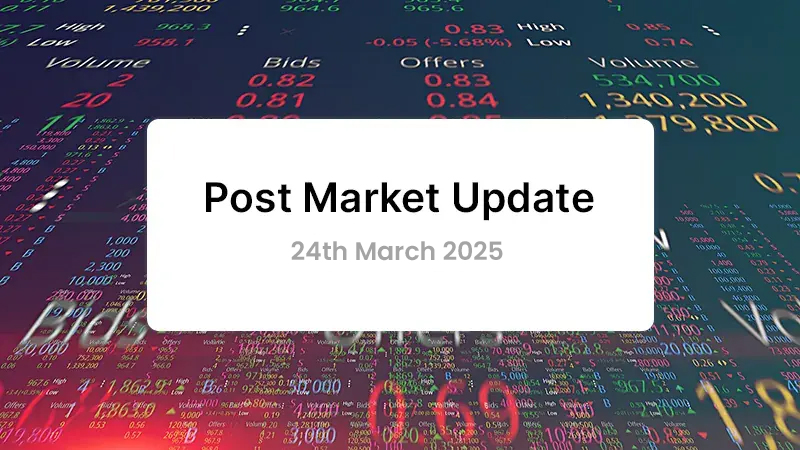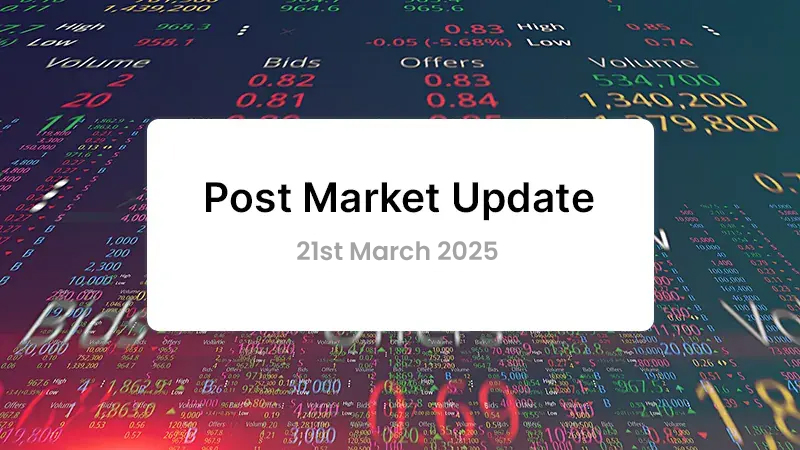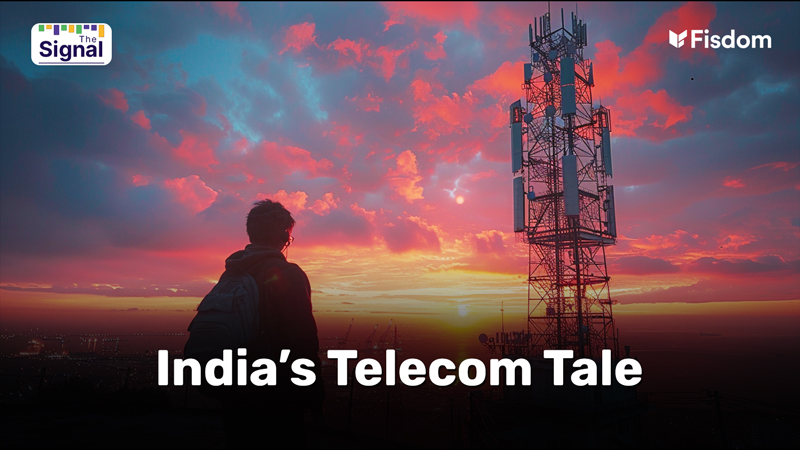
In a world, where connections are as crucial as necessities like food and shelter, the telecom sector plays a pivotal role. However, in India, this sector has faced its fair share of challenges, including stringent regulations, high tariffs, and the dominance of a few major players. Despite these hurdles, the industry has thrived, becoming the world’s second-largest telecom market after China.
India’s telecom landscape is vast, with a total subscriber base of 1.079 billion as of December 2023, encompassing both urban and rural areas. This widespread connectivity is reflected in India’s high teledensity, which continues to grow steadily.
Yet, one significant challenge persists: the industry’s duopoly, with Bharti Airtel and Reliance Jio dominating the market, while Vodafone Idea (VI) struggles under a heavy debt burden. The potential fallout from VI’s collapse could lead to detrimental consequences for consumers, including tariff hikes and reduced competition.
In a groundbreaking development, Vodafone Idea recently completed a massive Rs 180 billion follow-on public offering (FPO), marking India’s largest FPO to date. With a substantial investment from its parent company, the Aditya Birla Group, this fundraising endeavor is poised to fuel critical investments in VI’s 4G and 5G networks, enhancing service quality and competitiveness.
Moreover, the FPO sets the stage for VI to raise additional funds via debt financing and participate in upcoming telecom auctions, fostering a more robust and competitive industry ecosystem. A revitalized VI not only benefits the sector’s overall growth but also safeguards consumer interests by promoting market diversity.
The envisioned return to a balanced 3+1 market scenario, including BSNL, holds promise for consumers and investors alike. With three private telcos offering 5G services, consumers stand to benefit from increased choice and improved service quality, driving market competition and innovation.
VI’s strategic focus on migrating legacy 2G subscribers to advanced 4G/5G services promises cost efficiencies and operational agility. Additionally, ancillary players like Indus Towers stand to gain from VI’s 5G rollout, with increased tower tenancy enhancing profitability and financial stability.
Despite the looming prospect of tariff hikes, investors need not fret excessively. While rate increases are inevitable to ensure adequate returns on capital-intensive investments, projections suggest moderate hikes of up to 20% over the next few years. As telcos transition towards value-added services and enterprise solutions, the reliance on individual consumer tariff hikes diminishes, fostering a more sustainable revenue model.
The burgeoning enterprise services segment emerges as a lucrative revenue stream for telcos, catering to the connectivity needs of large corporations in data-intensive industries. By leveraging robust 5G networks, telcos can tap into the lucrative B2B market, reducing the dependency on consumer tariff adjustments and driving long-term profitability.
Looking ahead, the long-term prospects for India’s telecom sector are exceptionally bright, fueled by the advent of 5G technology and sustained market consolidation. With entrenched players solidifying their market positions, the likelihood of disruptive market entry diminishes, paving the way for sustained growth and innovation.
For investors, navigating the evolving landscape of India’s telecom sector presents a wealth of opportunities amidst persistent challenges. Strategic investments aligned with the sector’s trajectory hold the potential for robust returns and enduring value creation, leveraging the industry’s projected growth to capitalize on emerging opportunities. While India’s telecom sector faces multifaceted challenges, its resilience and adaptability underscore a narrative of growth and opportunity.
Market this week
| 29th Apr 2024 (Open) | 03rd May 2024 (Close) | %Change | |
| Nifty 50 | ₹ 22,476 | ₹ 22,476 | 0.0% |
| Sensex | ₹ 73,983 | ₹ 73,878 | -0.1% |
- Indian equity benchmarks ended the volatile week of trade with marginal gains.
- Decent macroeconomic data supported the market sentiment.
- India’s Goods and Services Tax (GST) collections hit a record high in April 2024 at Rs 2.1 lakh crore.
- This marked a significant increase from Rs 1.87 lakh crore collected in the same period last year.
- Output of eight core industries posted a growth of 5.2% in March 2024.
- Positive growth was recorded in the production of cement, coal, electricity, natural gas, steel, and crude oil.
- However, a selloff on the final day of the week eroded most of the weekly gains.
- Traders turned cautious as Reserve Bank data showed a decline in India’s services exports by 1.3% in March to $30 billion.
- Imports also fell by 2.1% to $16.61 billion during the same period.
- Foreign institutional investors (FIIs) sold shares worth Rs 2,392 crore on Friday.
- Domestic institutional investors (DIIs) countered the selling with buying of Rs 690.5 crore.
Weekly Leaderboard
| NSE Top Gainers | NSE Top Losers | ||||
| Stock | Change (%) | Stock | Change (%) | ||
| M&M | ▲ | 7.24 % | HCL Tech | ▼ | (8.54) % |
| Power Grid Corporation | ▲ | 6.36 % | Apollo Hospitals | ▼ | (3.98) % |
| Grasim Inds. | ▲ | 5.93 % | Kotak Mahindra Bank | ▼ | (3.84) % |
| Coal India | ▲ | 4.12 % | HDFC Life Insurance | ▼ | (3.73) % |
| SBI | ▲ | 3.76 % | Bharti Airtel | ▼ | (3.67) % |
Stocks that made the news this week:
- United States-based investment firm Carlyle Group has divested 1.98 percent stake in Yes Bank by selling 59.4 crore shares through CA Basque Investments at Rs 24.27 per share, amounting to Rs 1441.63 crore. Prior to this transaction, CA Basque Investments held a 9.11 percent stake in the company until April 2024. Concurrently, Goldman Sachs (Singapore) PTE-ODI acquired a 1.23 percent stake in Yes Bank by purchasing 36.92 crore shares at an average price of Rs 24.26, totaling Rs 895.78 crore.
- Hindustan Zinc Ltd continued its winning streak for the seventh consecutive session, with shares surging over 7 percent on May 3 ahead of an anticipated dividend announcement. The stock reached a fresh 52-week high of Rs 464 and was trading at Rs 456 on the BSE at 10.30 am, marking a 6 percent increase from its previous close. Year-to-date, the stock has witnessed a significant gain of nearly 44 percent. The company notified exchanges that it will declare dividends on May 7, with a record date set for May 15. In FY24, Hindustan Zinc has already declared dividends totaling approximately Rs 5,493 crore, with Rs 7 per share in July 2023 and Rs 6 per share in December 2023. This is compared to a final dividend of Rs 75.5 per share in FY23, amounting to Rs 31,901 crore, and Rs 18 per share in FY22, totaling Rs 7,606 crore.
- Godfrey Phillips India witnessed a surge of approximately 7 percent following the announcement of an agreement with Ferrero India Pvt. Ltd. The agreement entails the distribution and resale of specific sweet-packaged food products manufactured by Ferrero through selected channels. Under the terms, Godfrey Phillips India will procure these products from Ferrero India Private Limited and distribute or resell them across its distribution network via select channels.


